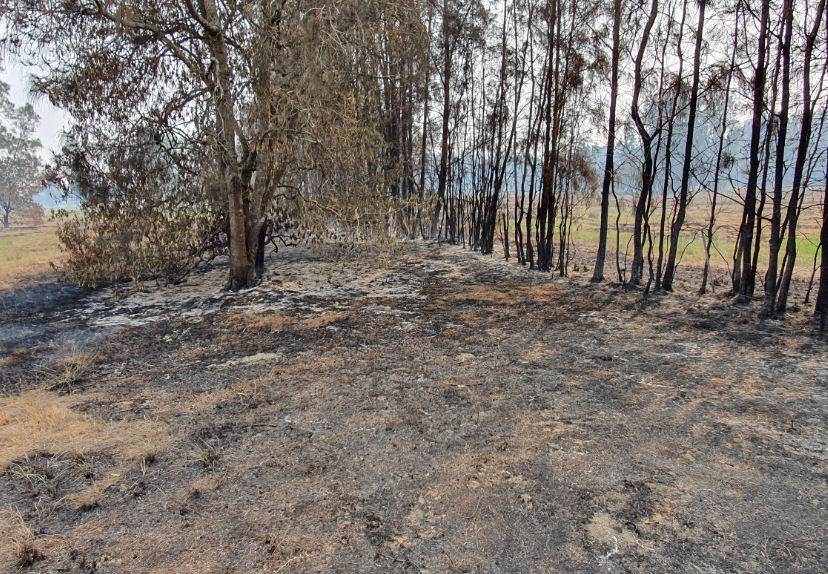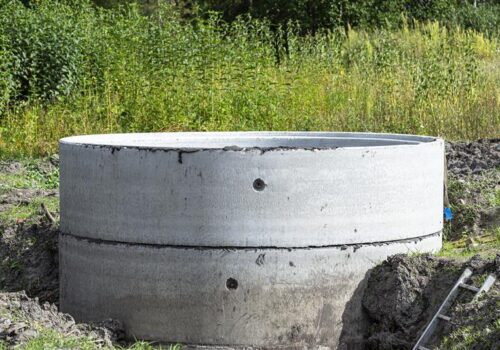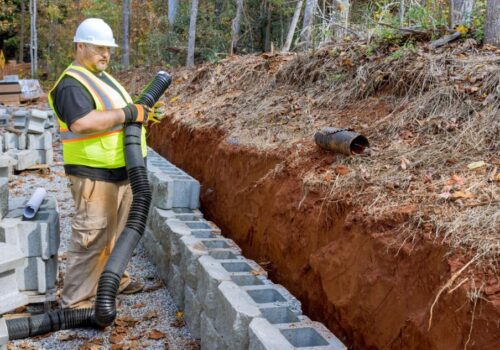The Role of Bushfire Hazard Assessment in Community Safety
As we face increasing environmental challenges, the role of bushfire hazard assessment has become paramount in ensuring community safety. This process is not only crucial for predicting potential threats but also instrumental in designing effective preventive measures. It’s a lifesaver, literally and figuratively, in communities prone to such disasters.
Understanding the Concept of Bushfire Hazard Analysis
It is a comprehensive study of potential fire risks within a specific geographic area. It involves evaluating various factors such as vegetation type, terrain, climate conditions, and human activities that could contribute to the likelihood and intensity of a bushfire. This assessment aids in identifying areas at high risk and provides valuable data for strategic planning and decision-making.
The Intersection of Science and Safety
Effective assessment relies heavily on scientific methodologies. It encompasses ecological studies, climatology, geography, and even sociology to produce a holistic view of potential threats. It is here that an ecological assessment report plays a significant role.
This report is a detailed study of the ecosystem within the area of interest. It examines the types, health, and distribution of vegetation – all critical factors influencing the behaviour of bushfires. By integrating this data into the analysis, enhances the accuracy of risk predictions and ensures more effective planning.
The Role of Technology in Risk Assessment
Modern technology has significantly enhanced the effectiveness of analysis. Satellite imagery, Geographic Information Systems (GIS), and computer modelling are some tools that scientists now use to create more accurate risk assessments. These technologies enable real-time monitoring and prediction of bushfire behaviours, making it possible to respond swiftly when conditions change.
Importance in Community Planning and Development
The insights gained from the analysis are invaluable in community planning and development. They guide decisions on where to build homes, schools, hospitals, and other critical infrastructure. It also informs the creation of emergency response plans, evacuation routes, and public education programs about bushfire safety.
Involvement of the Community
Community involvement is another crucial aspect of this process. Residents’ local knowledge and experiences can provide unique insights into bushfire behaviour and risk factors. Moreover, community engagement promotes a culture of shared responsibility for bushfire safety, ensuring that everyone plays a part in preventing and responding to bushfires.
Conclusion
The role of bushfire hazard assessment in community safety is undeniable. It represents the intersection of science, technology, and community engagement, working together to protect lives and property. As we continue to face the growing threat of bushfires, the value of these assessments only increases.





